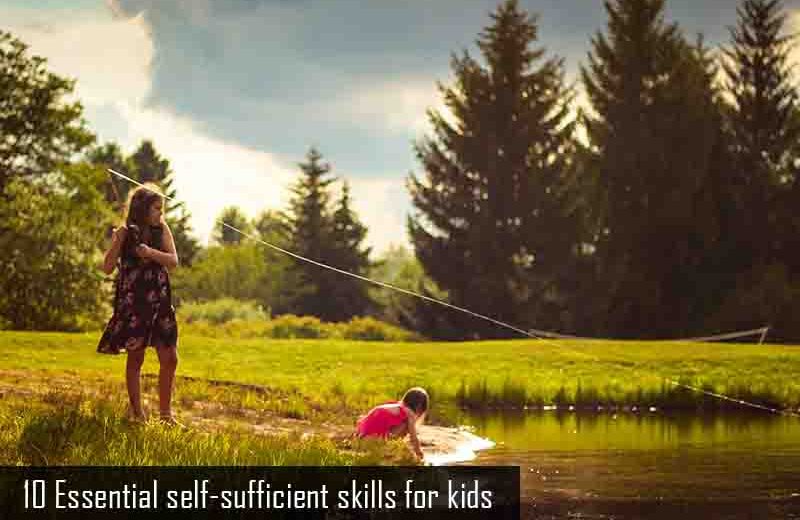
10 Essential Self-Sufficient Skills for kids
10 Essential self-sufficient skills for kids
In this article, you will learn about 10 Essential self-sufficient skills for kids. Do you know how to bake your own bread? Plant and grow a garden? Can your own food?These are essential skills that our ancestors simply took for granted; you had to know how to do these things in order to survive daily life. Today, however, many of these skills might seem like a lost art from a bygone era. Whether you want to live off the grid, start a homestead, or prepare for a long-term emergency, there are plenty of interesting and important skills that will help you be more independent.
You need to step up your game and you better start working on your kids’ self sufficiency skills too, their young minds can grasp these better and it’ll grow into wonderful habits that will be really useful to him.
Here’s 10 essential self-sufficiency skills you definitely need to teach your kids.
1.Laundry and Cooking

Surprisingly, learning to do laundry can start right from the child reaches the preschool age. They can help you sort the dirty clothes for washing and also try to fold clean and dry clothes so that they could be arranged on shelves. A little bit of cooking should be taught to children based on their age. They should learn some simple recipes which can be made quickly and easily. Such recipes include bread-omelette, fruit salads, vegetable salads, sandwiches or any other recipes which they can prepare with an ease. They should also know how to assemble easy healthy breakfasts and lunches, like fruit and yogurt, smoothies, sandwiches, and salads.
As they grow, they should learn how to cook basic from-scratch items like fresh bread and breadsticks (gluten-free families can find easy sandwich bread recipes online), muffins, salsa, cheese sauce, roasted tomato sauce, and treats like cookies, cakes, and frosting. It’s also helpful to know how to prepare at least one meal for people with special diets, such as paleo, vegetarian, vegan, diabetic, or gluten-free, and to know how to cook at least one good dish for a crowd.
2.Learn to Swim/Water Safety
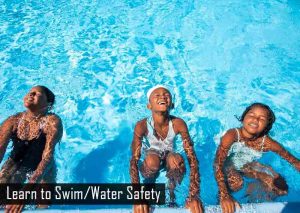
Most parents know that learning how to swim is an essential life skill to keeping kids safe – especially if they spend any time around water or pools. But beyond this practical reason, swimming is also a low-impact sport that can be done throughout one’s lifetime. Kids can begin to learn how to swim as early as 18 months when, at that point, the idea is to get them comfortable with the water. The easiest way to teach kids to swim is through lessons.
3. Plant and Grow a Garden
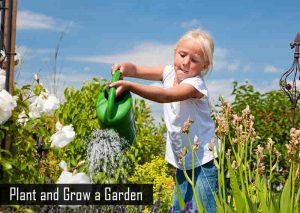
Starting a home vegetable garden is one of the best ways to save money on groceries. It’s also a practical way to insulate yourself from rising food prices. After all, every bit of food you put on the table that you grew yourself is food you don’t have to buy from someone else. A home garden gives you a reliable, independent food source. If you lose your job, you know you will have free, fresh fruit and vegetables until you get back on your feet. In addition, gardening is a great way to get outdoors and get some exercise. Teach your kids as you are working on the garden and help them learn with you!
4.First-aid and the importance of health
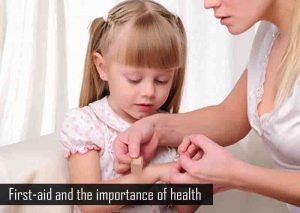
You can’t expect to always be around whenever your child gets a hurt, bite or a rash! So how about empowering them such that they are able to take care in case of an emergency until they reach a grown-up? This is essentially something the child’s schooling should cover but I strongly encourage its reinforcement at home by teaching your child essential first aid steps. And this you can do by showing them a first aid kit and its contents. Children are, after all, excellent learners!
5.Managing Money & basic Budgeting:
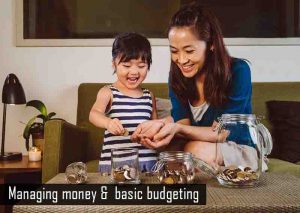
Teach your child how to manage money. This is quite a basic one among life skills. Give your children a certain amount of pocket money every week or every two weeks that they have to use for their expenses. If they wish to buy something a little more expensive, ask them to save up their pocket money to buy it. Or, you can lend them a helping hand by telling them that for every chunk of money they save, you’ll add a certain amount of money to their fund for buying the product.
6.Time Management

Most kids do not know how long things take and so teaching them how to manage time is very important. Make a routine for important tasks including studies and play. Make sure you stick to this routine for some days so that your child gets used to this routine and also learns the importance of time.
7. Teach them to take care of their own things/be organized
It’s common knowledge that staying organized – having everything in its right place – can make people more successful at any given task.While some kids and adults are naturally organized, for those who aren’t, parents can help by using checklists, providing bins and shelving for toys or school work, and following routines such as setting out clothes and packing a school bag the night before.
8. Social Skills
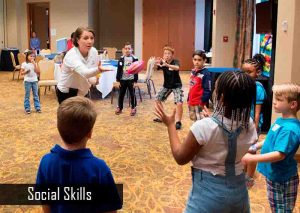
This is one of the basic life skills that should be taught right from the time your child is a toddler. Let your child learn how to play well with others because when he will grow up he will be able to handle teamwork successfully and interact with other more efficiently and impressively.
9. Sewing and Mending

All kids should know sewing basics, such as how to thread a needle, use a sewing machine, sew on a button, and mend a torn garment. Older kids should know how to follow (and make) patterns and sew items like curtains and clothing. If they get good at sewing, they’ll also have the skills to make extra income by sewing items like handmade children’s clothes and cloth diapers.
10. Decision-making skills

Education, career, life partners there are so many important decisions we need to make in our lives. How about instilling the skill of making appropriate decisions at an early age itself in your child? Here’s how to teach them in small and simple ways how to make wise decisions. Start by asking them to choose between 2 activities or games; 2 different types of clothes; 2 different food items, etc.

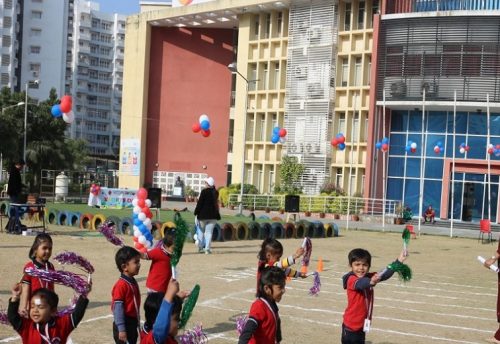
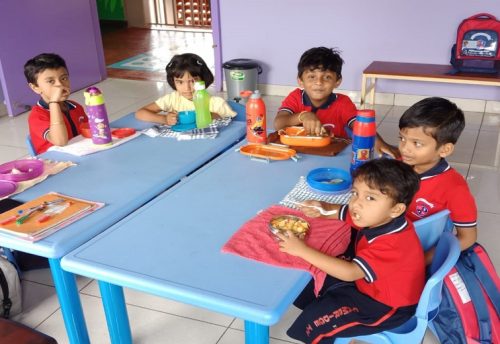
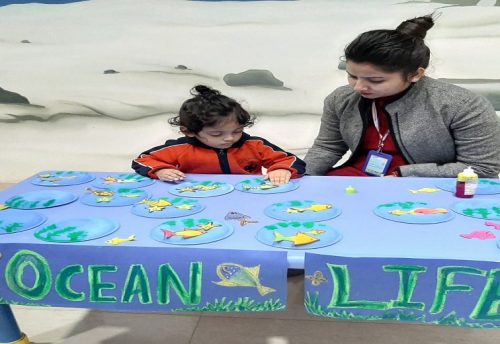

Leave a Reply